
Home & Garden Sundries Supplier
MIF+Garden, Your Bridge To Happy Life- contact us
james.li@mif-garden.com
sales@mif-garden.com
sales001@mif-garden.com - call us anytime
86-18616678980
86-18165659162
86-18923082607

Pubdate: 2024-03-01
Raised-bed gardening is a form of gardening in which the soil is raised above ground level and usually enclosed in some way. Raised bed structures can be made of wood, rock, concrete or other materials, and can be of any size or shape.The soil is usually enriched with compost.
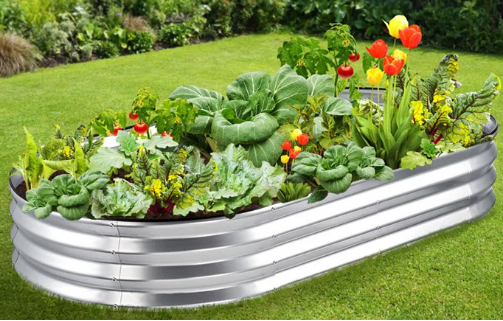
Raised garden beds consist of several components that make up their structure:
Side Panels: These are the primary components forming the sides of the raised garden bed. Typically made of wood, metal, or plastic, these panels enclose the soil and plants within the bed.
Base or Bottom: Some raised garden beds have a bottom panel or base that supports the soil and plant roots. However, certain designs may not include a bottom, allowing direct contact with the ground beneath.
Supporting Frame: Larger or more complex raised garden beds might have supporting structures to reinforce the side panels, ensuring stability and strength.
Soil and Plants: The main purpose of the raised garden bed is to contain soil for planting. Users fill these beds with soil and then plant flowers, vegetables, herbs, or other greenery.
Drainage System: Many raised garden beds are designed with drainage systems to prevent waterlogging and maintain proper moisture levels for plants. This system helps in regulating excess water and protects plant roots from water-related issues.
These components work together to form the raised garden bed, providing a contained space for gardening that offers ease of access, improved soil conditions, and better plant growth.
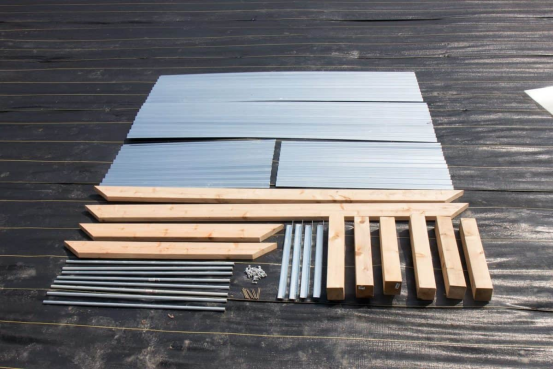
Raised garden beds can be classified based on different criteria, which may include material, shape, size, height, design style, and purpose. Here are some common categories of raised garden beds:
Material-Based Classification:
Wooden raised garden beds: Typically constructed from timber boards, cedar, or redwood.
Metal raised garden beds: Made of materials such as galvanized steel, iron, or aluminum, known for durability and a modern appearance.
Plastic raised garden beds: Lightweight and durable option, easy to handle and install.
Shape-Based Classification:
Rectangular raised garden beds: Most common shape suitable for longer planting areas.
Square raised garden beds: Efficient space utilization, fitting for smaller gardens or yards.
Circular raised garden beds: Offer unique design options, emphasizing garden aesthetics.
Size and Height-Based Classification:
Small raised garden beds: Ideal for compact spaces or personal gardening.
Large raised garden beds: Suited for more extensive gardens or professional planting.
Low-height raised garden beds: Lower in height, easier for management and maintenance.
Design Style-Based Classification:
Traditional raised garden beds: Basic style, simple and versatile, suitable for various garden aesthetics.
Modern raised garden beds: Featuring contemporary designs and sleek lines, fitting for modern garden styles.
Purpose-Based Classification:
Vegetable raised garden beds: Specifically designed for growing vegetables and herbs.
Flower raised garden beds: Used for planting flowers, shrubs, or decorative plants.
These classifications aid in selecting the most suitable raised garden bed based on specific requirements, preferences, and available space for different planting purposes.
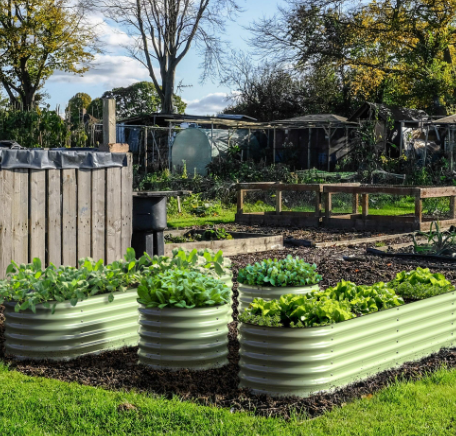
Certainly! Here's a detailed step-by-step guide on how to assemble a raised garden bed:
Preparation:
Ensure the chosen location for the garden bed is cleared and the ground is level.
Have all the necessary components and tools ready for assembly.
Steps:
Identify Components: Open the packaging and inspect all parts carefully. Confirm the presence of side panels, bottom panel (if included), connectors, screws, and other necessary items.
Read the Instructions: Thoroughly read the assembly instructions. This step is crucial as different brands and models of raised garden beds may have varied assembly methods.
Prepare Side Panels: Lay out the side panels on the ground according to the desired shape and size as per the instructions.
Connect Side Panels: Following the instructions, connect the side panels together. This may involve interlocking the boards, using screws or bolts for fastening, or utilizing specific connectors.
Add Bottom Panel : If the garden bed includes a bottom panel, place it at the bottom and attach it to the side panels. Typically, the bottom panel can be fixed into grooves along the sides or simply laid at the base.
Install Support Structures: Some larger or specially designed garden beds may require additional support structures for enhanced stability. Install these supports as instructed.
Check and Adjust: Once assembly is completed, carefully inspect the stability and structure of the garden bed. Ensure all parts are securely connected with no loose or unstable sections.
Finalize Assembly: After assembly, ensure the garden bed is placed in its intended location and make any final adjustments as needed.
Remember, reading the assembly instructions thoroughly and adhering to safety guidelines before assembling any product is essential. If encountering difficulty or uncertainty, it's advisable to refer to the product manual or contact the manufacturer or retailer for assistance.
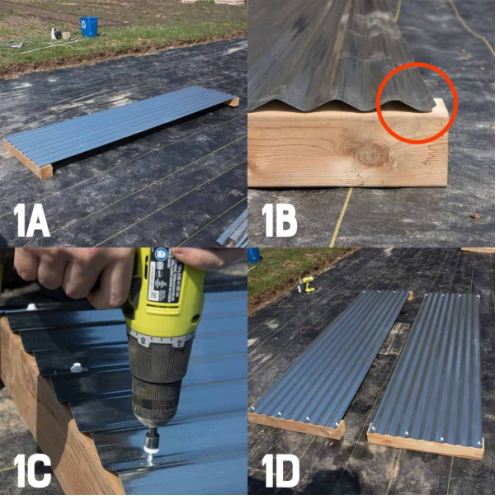
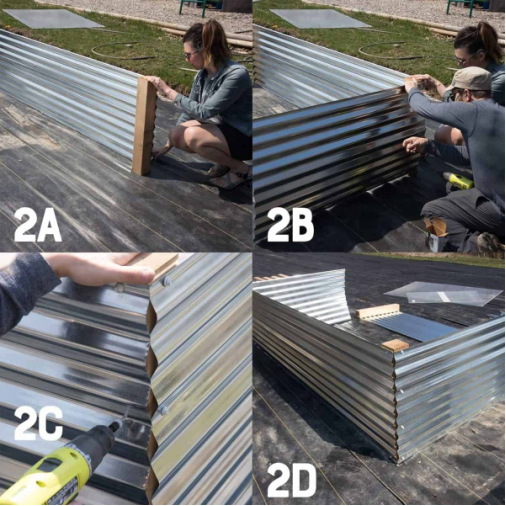
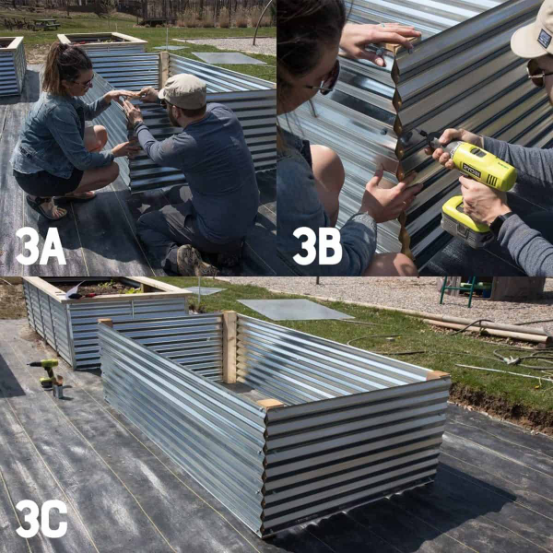
Applications of Raised Garden Beds:
Home Gardens or Yards: Home garden beds are one of the most common applications. They can be used in backyard spaces, balconies, terraces, or outdoor areas to grow flowers, vegetables, herbs, or other plants. In a home setting, garden beds provide a convenient space for gardening and management.
Urban Environments and Small Spaces: In urban settings, garden beds are an ideal option for planting. Due to their adaptability to various sizes and shapes of spaces, they are suitable for balconies, rooftops, or small gardens, offering a solution for planting within limited space.
School and Community Gardens: Raised garden beds are commonly found in school or community garden projects. They provide an educational and interactive planting environment for students, teachers, or community members. These beds are used for educational purposes, teaching planting techniques, plant growth, and raising awareness about environmental conservation.
Professional Agriculture: Raised garden beds also play a significant role in professional agriculture. In large-scale cultivation, raised garden beds may offer a more efficient way to manage and control soil quality, drainage, and plant growth. These beds can be adjusted and managed as needed, enhancing planting efficiency and yield.
Accessible for Disabled or Elderly Individuals: Due to their adjustable height and ease of management, raised garden beds are a convenient option for disabled or elderly individuals. These beds provide a more accessible planting experience, reducing the need for bending or other inconveniences.
In summary, raised garden beds have a wide range of applications, catering to various environments and planting needs. They offer a flexible, convenient, and efficient planting option suitable for many different demographics and settings.
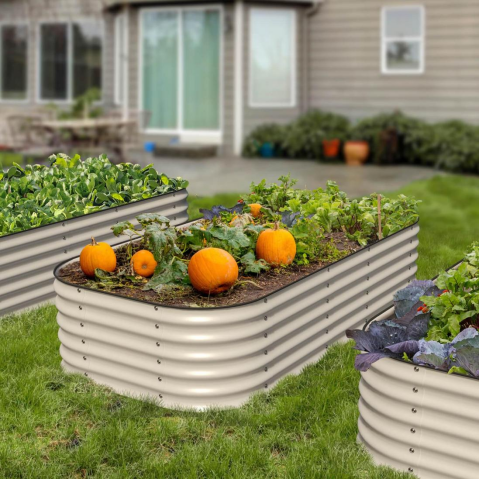
Detailed Steps for Daily Maintenance of Raised Garden Beds:
Regular Watering:
Ensure plants receive adequate water based on their species and seasonal requirements.
Water in the early morning or evening to reduce evaporation and avoid watering under direct sunlight to prevent leaf scorching.
Monitor soil moisture and plant condition, adjusting watering to maintain moist but not overly wet soil.
Weed and Weed Management:
Regularly remove weeds from the garden beds to prevent them from competing for nutrients and moisture.
Using mulching materials (such as lawn covers) can reduce weed growth and help maintain soil moisture.
Fertilization Management:
Periodically fertilize based on plant needs, using organic or chemical fertilizers.
Follow fertilizer package instructions and avoid over-fertilizing, which can damage plants.
Pruning and Tidying:
Regularly prune plant branches, dead leaves, and spent flowers to encourage new growth.
Keep the bed tidy by removing debris and dead plant material.
Soil Management:
Regularly check soil quality and drainage to ensure loose texture and adequate aeration.
Amend soil or add organic matter to improve soil structure and fertility.
Pest and Disease Control:
Regularly inspect plants for signs of pest infestation or diseases and take timely measures for control, opting for organic or chemical methods as appropriate.
Seasonal Maintenance:
Perform additional maintenance as per seasonal requirements, such as covering beds for warmth in winter or providing shade during hot summers.
These detailed daily maintenance steps help maintain the Raised garden beds in good condition and promote healthy plant growth. Maintenance methods may vary depending on the plant species in the beds, seasonal changes, and local climate conditions.
How to choose Raised garden bed products :
Material: Raised garden beds are typically made from materials such as wood, metal (like galvanized steel, iron, aluminum), or plastic. Wooden beds are often natural and aesthetically pleasing but may require periodic maintenance. Metal beds are durable but susceptible to corrosion, while plastic beds are lightweight and easy to move.
Size and Shape: Select a size and shape based on your space and planting needs. Rectangular beds suit longer planting areas, square beds are ideal for smaller spaces, and circular beds might contribute to an aesthetic environment.
Height: Consider the bed's height, especially for individuals who frequently bend over during gardening. Opt for beds with a moderate height or adjustable height for easier planting and management.
Drainage System: Quality beds should have a good drainage system to prevent water accumulation and excessively damp soil. Consider whether the bed's bottom has adequate drainage design.
Ease of Installation: Choose beds that are easy to assemble and set up to avoid complicated assembly processes. Some beds offer pre-fabricated components for simpler assembly.
Durability and Quality: Look for sturdy materials and reliable quality that can withstand different seasons and environmental conditions, ensuring a longer lifespan.
Price and Budget: Consider your budget and desired features, choosing a bed that fits within your budget while providing the functionalities you need.
Brand and Reviews: Check brand reputation and product reviews to understand other users' experiences, aiding in making a more informed decision.
Overall, selecting a good Raised garden bed requires comprehensive consideration of personal preferences, planting needs, and actual product features. It's essential to research and compare different products thoroughly before purchase, ensuring the chosen product aligns with your needs and expectations.
Previous:ice bucket beverage tub features advantages benefits evidence